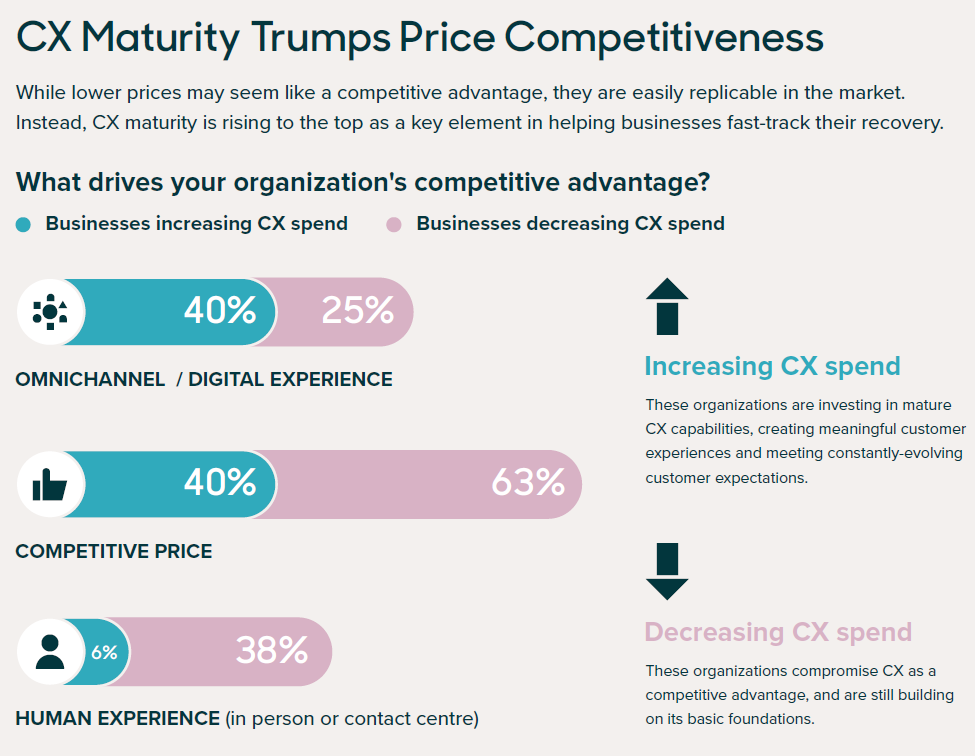With three-quarters of APAC customers keen to spend more with companies providing great customer experience, Zendesk’s Abhishek Deshmukh says it is important for brands to engage more deeply and efficiently with customers.
Imagine you are a customer trying to close your account with a business (we’ve all been there). It often requires the enormous effort of scouring the web page and eventually contacting the business to find a solution. It can be an arduous task and by the time your account is finally deleted, you’re fuming and frustrated, vowing never to use that brand again.
However, even the desire to stop using a service or platform can be an avenue to turn things around. Every customer interaction has the potential to foster trust and loyalty – as long as it has the right customer experience (CX).
A query that begins as the desire to terminate an account could end with an agent helping the customer to change their primary email address instead, thus retaining the customer’s business and, more importantly, improving their relationship with the brand.
Good CX is so central to customer loyalty that Zendesk’s CX Trends Report 2021 shows that 75% of customers in APAC are willing to spend more with companies that provide great CX, pointing to the importance of engaging more deeply and efficiently with customers, no matter what.
The rising popularity of conversational experiences
Since the pandemic, there has been greater urgency and desire for people to stay connected with family and friends, whether it’s through a video call or a WhatsApp message to check on each other. This desire to connect digitally also translated to how brands connect with customers, resulting in the rise of messaging as the preferred channel of communication.
Our report shows that support requests over messaging apps like Facebook Messenger and WhatsApp increased by 117% in APAC across 2020. By meeting customers on the same platforms that they are using to talk to friends and family, a sense of trust and familiarity is created, aiding businesses in attaining customer loyalty.

At the same time, the use of messaging provides more breathing space. Compared to live chat which requires users to keep a window open and wait for a response, messaging channels are asynchronous.
As the conversation thread persists on the user’s messaging application, customers can type a query, continue on with their day, and come back to the chat when they get a notification. This gives agents more leeway to work with tickets, especially when dealing with high volumes.
However, the biggest advantage of messaging platforms lies in the ability to use conversational experiences to build a solid bridge between businesses and consumers. Good products and competitive pricing are one part of the puzzle but on their own are no longer enough to retain customers.
In Singapore, our research with Ecosystm found businesses that focus on CX are more likely to use that experience to drive customer loyalty.
In fact, 40% of businesses that are increasing CX spend identify omnichannel and digital experiences as a competitive advantage, compared to those that are decreasing CX spend (25%). The difference in securing that loyalty is the agile, personalised and intimate experiences enabled by messaging.
Trust and loyalty are won with accessibility and empathy
While people want to stay connected to loved ones in this unpredictable and uncertain world, half of APAC customers (49%) also want to share their concerns and encounters with agents that will lend a kind and understanding ear.
Messaging is built for this, by providing the optimal environment for intimate experiences to happen through conversations. Ultimately, this builds trust and works towards gaining consumers’ emotional buy-in.
A study by Harvard Business Review found that customers who had a complaint handled in less than five minutes will go on to spend more on future purchases. This shows how conversational experiences can help businesses to respond in a timely and personalised manner, increasing customer lifetime value and turning consumers into brand advocates.
Of course, to create the best conversational experiences, businesses must tap on the right tools to integrate messaging into their CX strategy. An example of a company that leverages social messaging for great success is SHEIN, a global B2C e-commerce platform that sells fast-fashion goods.
By using Messenger API for Instagram to integrate Zendesk’s messaging solutions with its Instagram account, SHEIN earned a 73% decrease in first-response reply time and a 50% increase in the number of Instagram messages that customer service agents could respond to in one hour.
With the integration, SHEIN is able to sort and respond to requests from customers on Instagram quickly and efficiently, as well as track customer satisfaction and operational productivity metrics.
Just as consumer preferences are always shifting, so too are the best approaches to creating stellar CX. While technology is important for consumer accessibility and convenience, it is also crucial to ensure staff are well-trained and equipped to support this new communication paradigm.
To constantly search for the best experiences, businesses must be on the pulse of customer needs and meet customers where they already are – and today, that means on messaging platforms.

